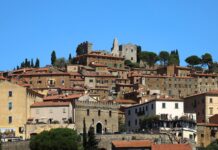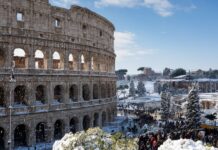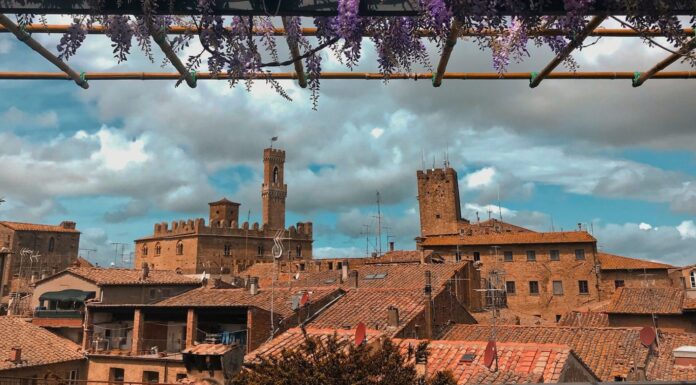You can’t learn about the Eternal City without learning about the temples in Rome because they once sat at the center of Roman culture. Some of the richest and most architecturally beautiful buildings here are the ancient temples. Even today, they stand out as the most obvious symbol of Roman architecture.
Some of the famous temples in Rome include the Pantheon, Temple of Jupiter Optimus Maximus, Temple of Saturn, Temple of Hercules Victor, Temple of Antoninus and Faustina, and the Temple of Hadrian. These Roman buildings were once the site to worship one among the many Roman deities. Many incredible places of ancient worship exist here waiting to be discovered.
Wondering about the fascinating details of the temples here? Keep reading as we explore the many things to know and where to go to maximize your travels.
Overview of the Temples in Rome
You could see up to 38 temples in the Eternal City. Some of them stand today as ruins, fragments, or excavations, but you don’t have a shortage to see. You don’t have many that stand as complete today. Thousands of years have passed since the ancient Roman empire once towered over this region of the world, but the buildings today continue to inspire art, technology, and architecture.
The Most Important Temple in Rome
1. The Pantheon
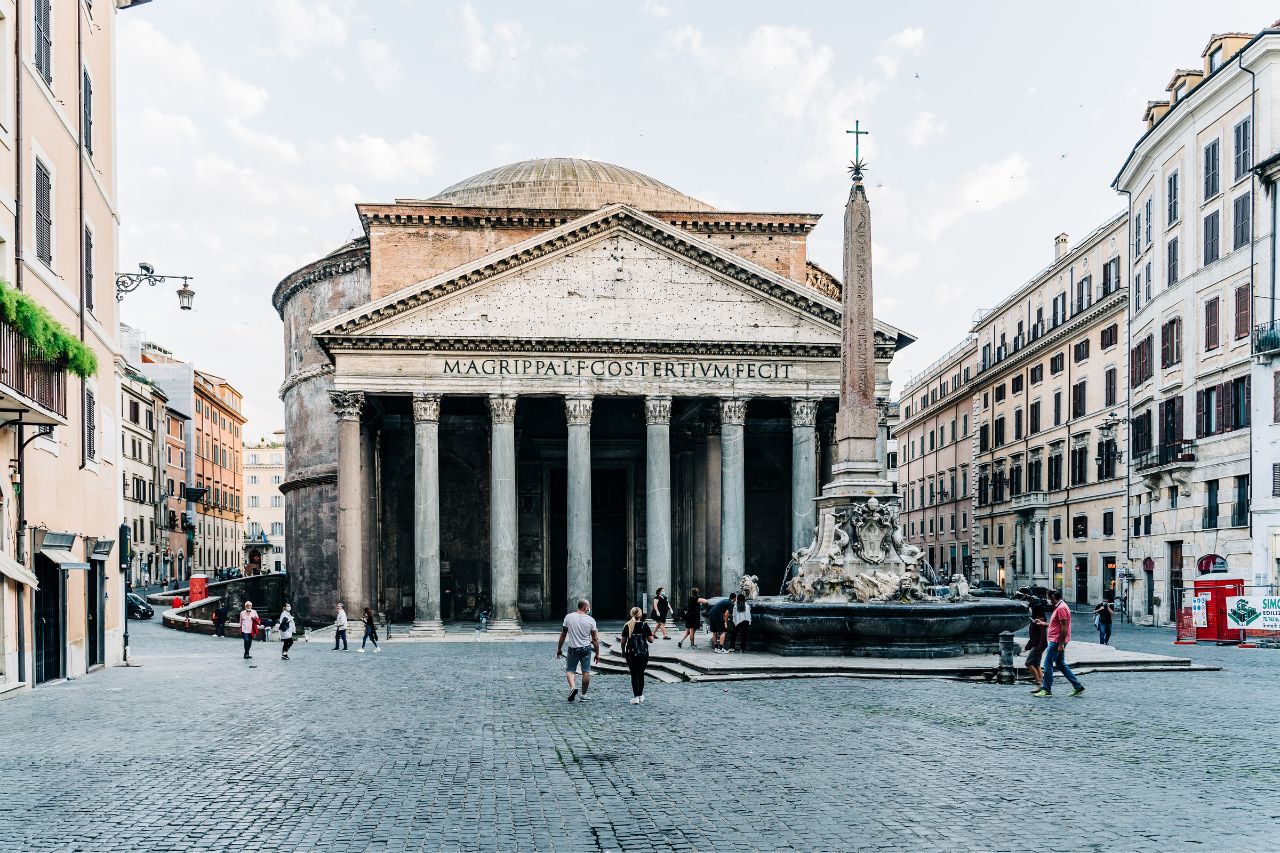
Established in 609 AD, the Pantheon today is a Catholic church famous for being the best preserved monument in ancient Rome. Marcus Agrippa first commissioned it before it burned down, but it was rebuilt under Emperor Hadrian. Under the rebuilding of the temple, we see it in its current form. It is located at Piazza della Rotonda, and you can buy tickets at the front of the monument at the ticket counter.
Also Read: How Many Days in Rome?
Temples of the Main Gods in Rome
There are many interesting temples in Rome worth checking out. Let’s take a look at the best ones of the main gods.
2. Temple of Jupiter Optimus Maximus
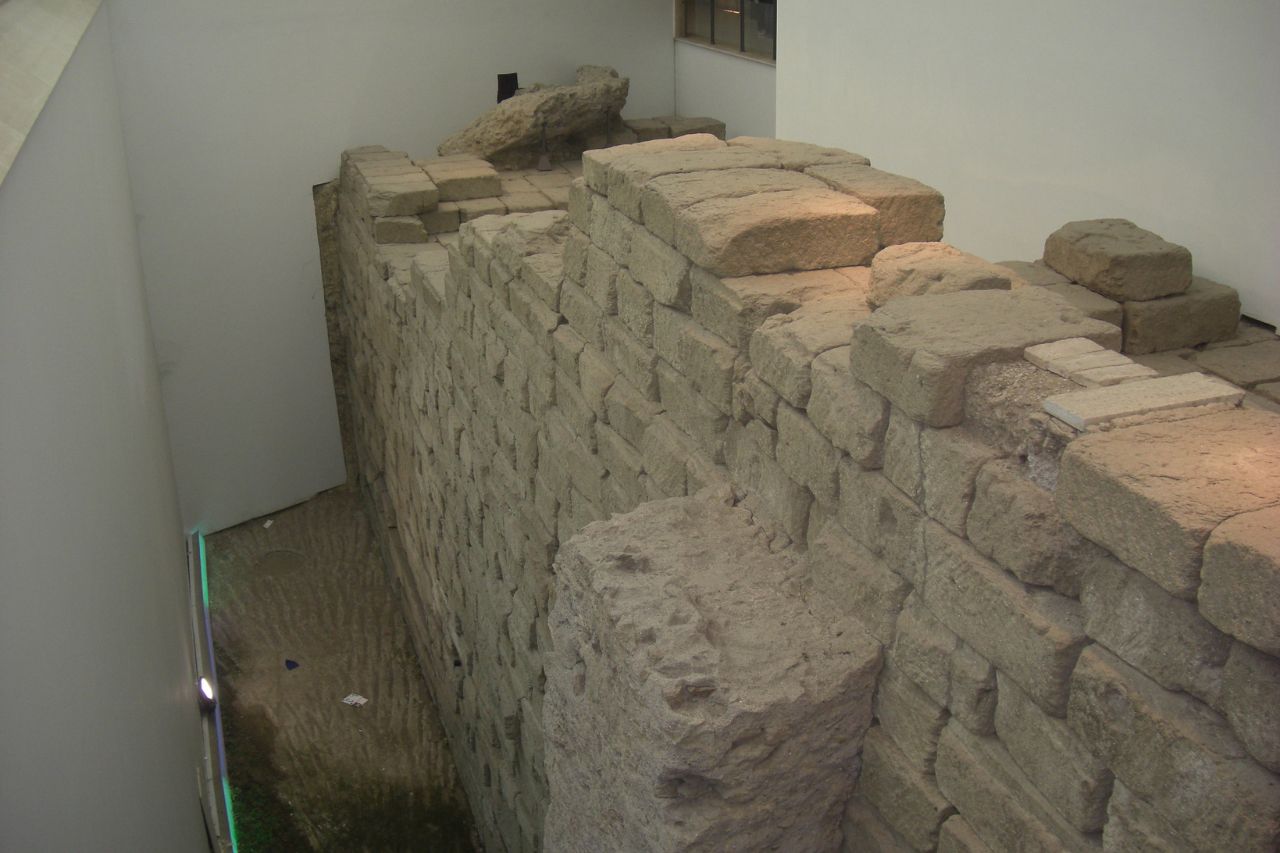
Reportedly completed in 509 BC, the Temple of Jupiter Optimus Maximus can be found at Via del Tempio di Giove. They built this on the southern peak of the Capitoline Hill, which is the smallest of the 7 hills in the city. Today, you can see portions of it, and it stands out as the most ancient temple in all of Rome.
Also Read: Art in Rome – The Artistic Treasure of Italy’s Eternal City
3. Temple of Hercules Victor

Located in Piazza Bocca della Verità, they constructed this temple in 120 BC. It is the oldest still-standing marble temple in Rome. In fact, it’s the second oldest building in the city with the oldest being the Pantheon. Anyone can admire this building from the outside, but to get inside, you need to make reservations for a guided tour.
4. Temple of Saturn
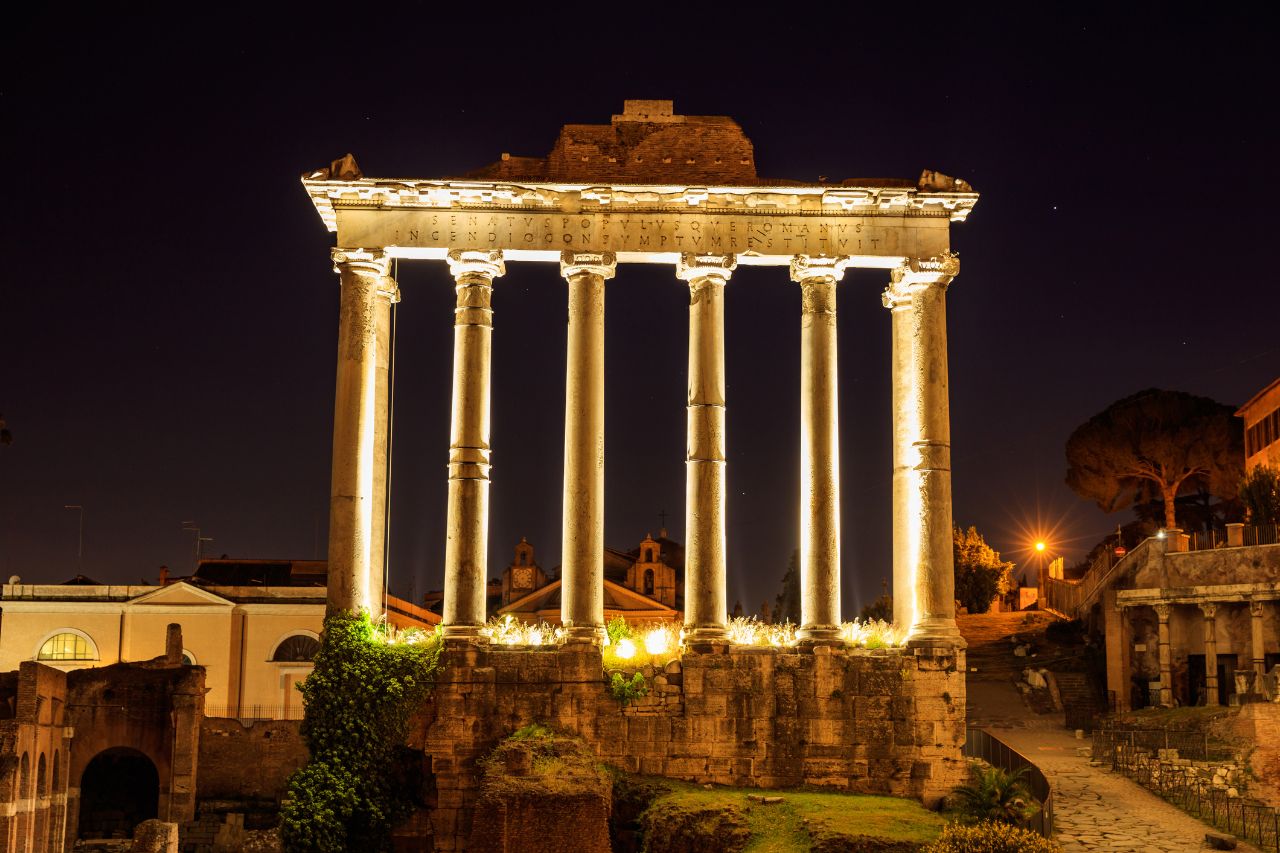
They built the Temple of Saturn in 360 AD after a fire, but this site was originally the place of an ancient cult, dedicated in 498 BC. You will find it at the foot of the Capitoline Hill standing with 8 majestic columns as one of the famous temples in Rome. Many first-time visitors to the Temple of Saturn will buy the combined ticket to the Colosseum and the Roman Forum. You can also buy the ticket at the Roman Forum on its own.
5. Temple of Apollo Palatinus
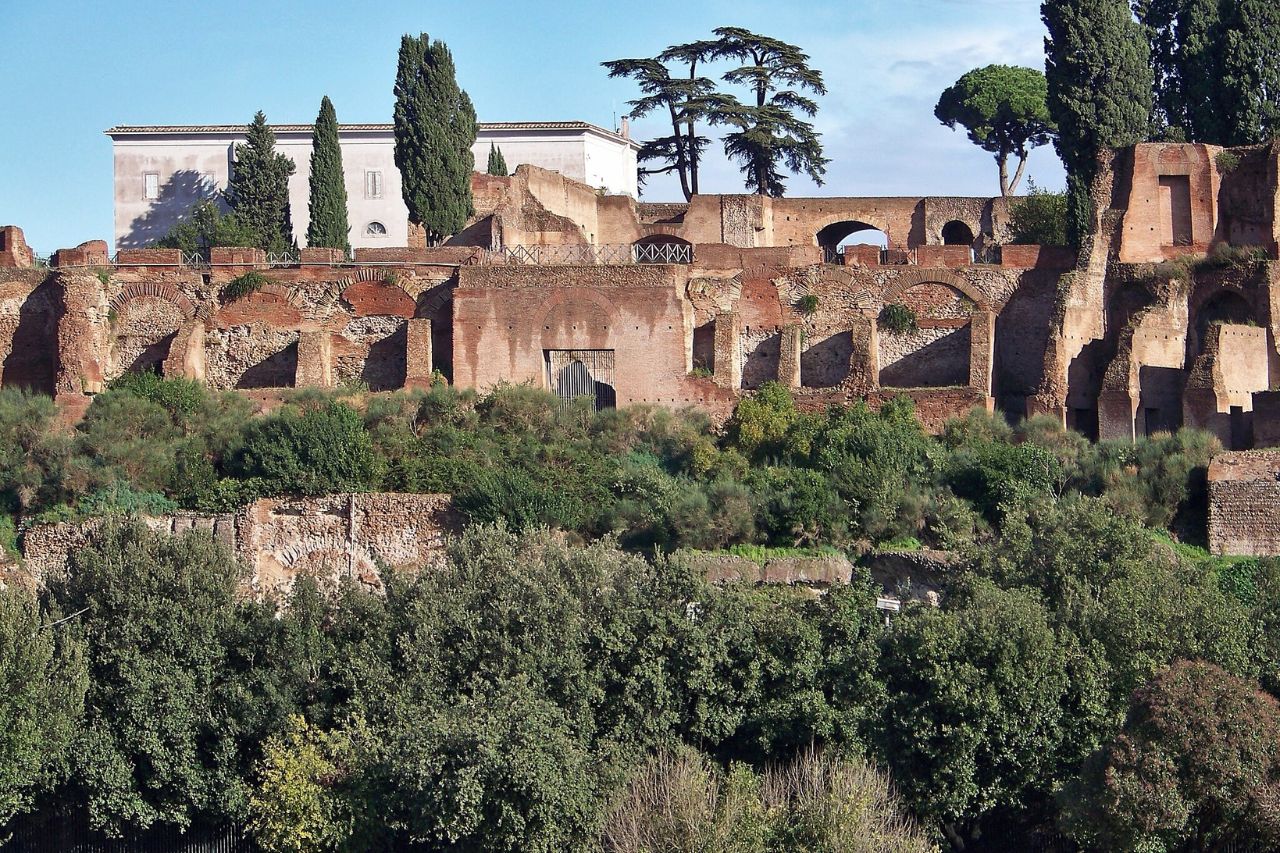
Started in 28 BC, you can see this temple at the Campus Martius outside of the ceremonial boundary of the city. This temple was dedicated to a god that started in the world of Greece, and in fact, you can find temples dedicated to Apollo in Greece. Since Apollo was considered a foreign god, they didn’t think it right to put the temple inside the city.
6. Temple of Diana
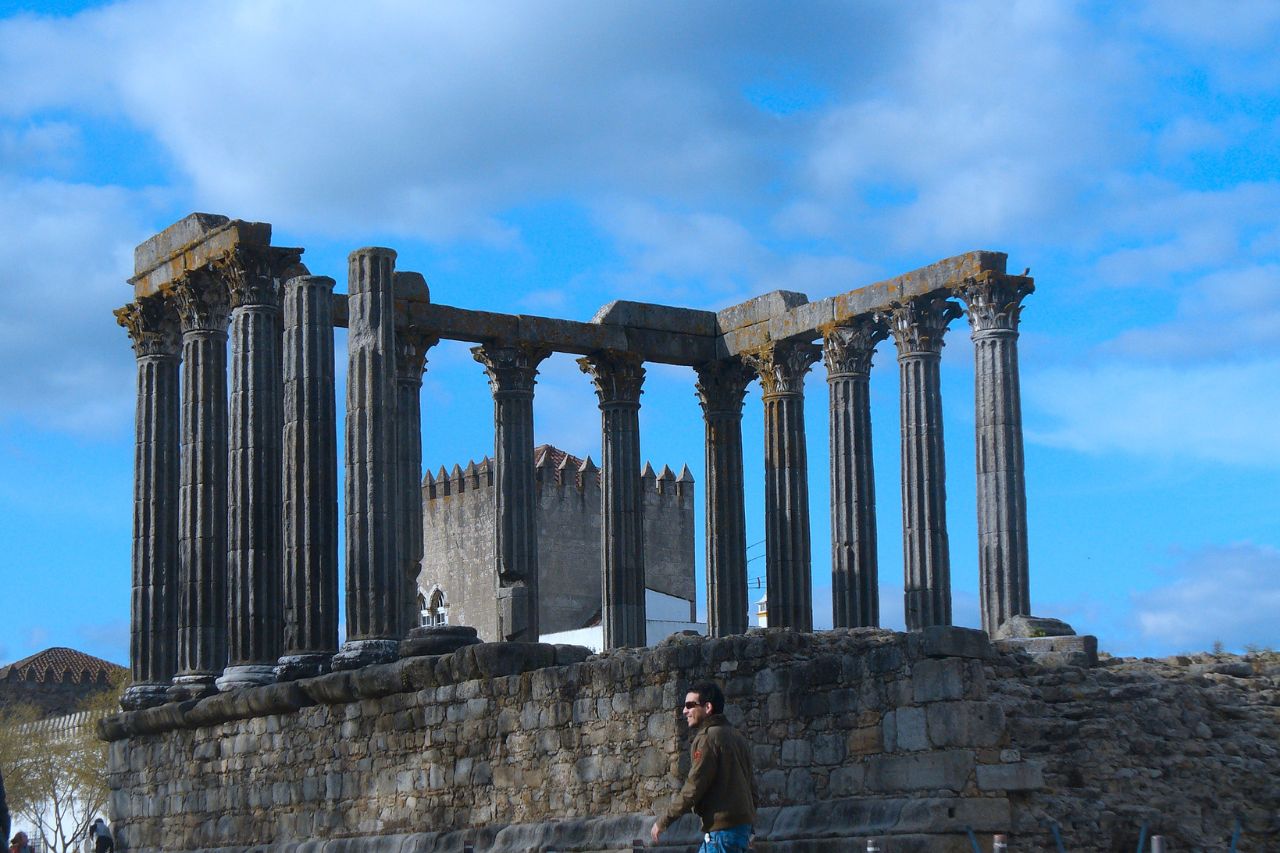
Built in 1789 by Antonio Asprucci, you can find it at Viale dei Pupazzi. This simple style of temple built in the neoclassical style is found in the park Villa Borghese. The Temple of Diana makes for a perfect place to walk around and take photos. Wondering why they named it this way? They are named after the life-sized Lunense marble statue of Diana found here.
Read more: The Arch of Septimius Severus – An Ancient Roman Legacy
7. Temple of Mercury
Dedicated to the Roman god Mercury, this was thought of as an ancient sanctuary found on Aventine Hill. It stands out as one of the oldest temples in Rome. Visiting this site is absolutely haunting in its wonder, and it will leave you speechless. It is the earliest surviving large-scale concrete dome temple.
Temples Dedicated to the Goddess of Love
Especially if with your partner, you might take them to one of the temples that were dedicated to the goddess of love.
8. Temple of Venus and Rome
Located on Velian Hill, this was once believed to be the largest and most spectacular temple in the Eternal City. They created an altar here in which all newlyweds were expected to sacrifice. Unfortunately, a serious earthquake was believed to have destroyed the temple in the 9th century. In 850, Pope Leo IV ordered the building of a church over the ruins.
Also Read: Italian Palaces – 20 Exclusive Royal Residences
9. Temple of Venus Genetrix
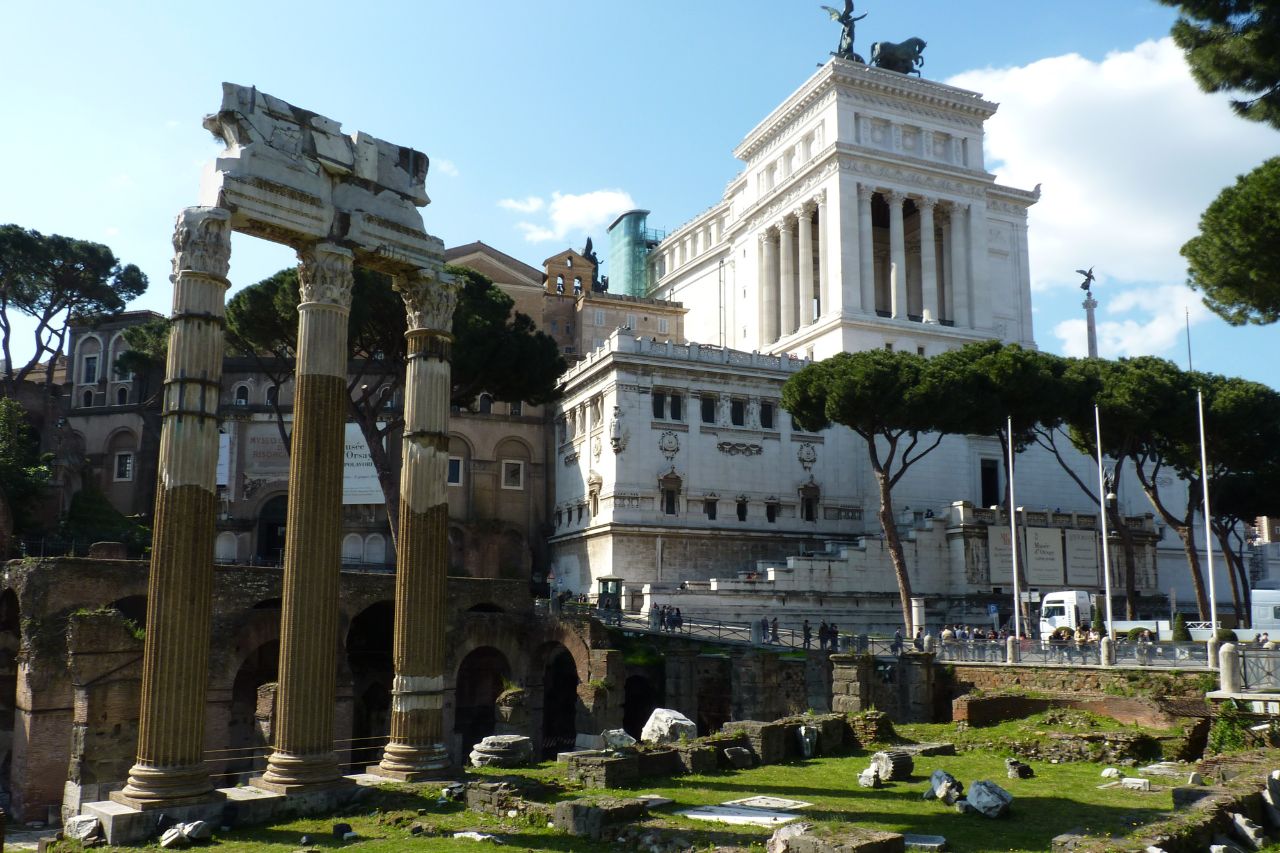
A ruined temple found in the Forum of Caesar, the Temple of Venus Genetrix was founded in 46 BC. During this time, Julius Caesar vowed to dedicate a temple to the goddess Venus and constructed the Temple of Venus Genetrix as a result. The temple lies in ruins, but it has become a popular tourist site, nevertheless.
Read more: Free Things to Do in Rome – 27 of the Best Free Activities
Temples Dedicated to Divinities Linked to Nature
The ancient Romans believed that humanity was closely linked with nature and that it was meant to provide. For that reason, you see a few temples dedicated to nature here.
10. Temple of Vesta
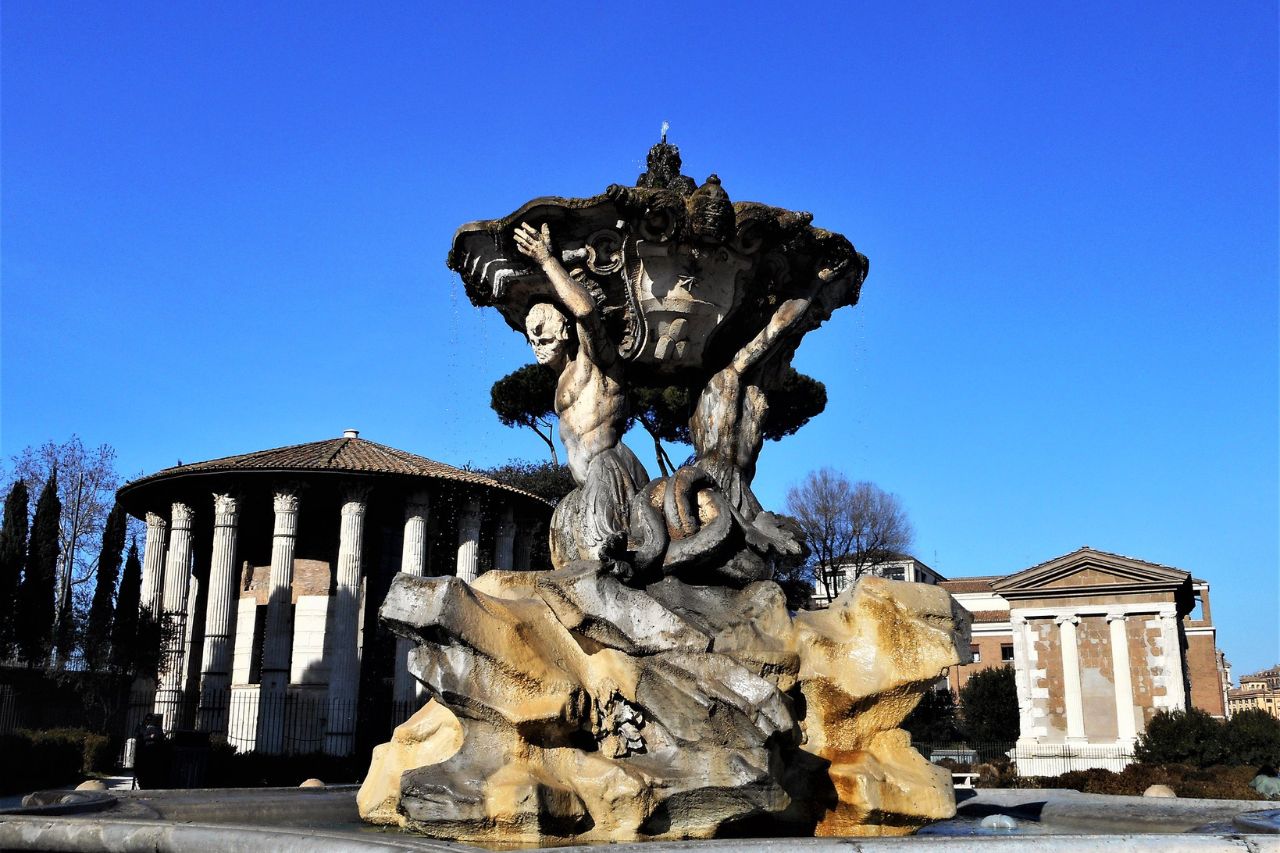
Because of numerous fires, the Temple of Vesta has had to be restored with the most recent one being in 210 BC. However, this one of the temples in Rome is believed to date back to the 1st century BC. You can find it at Via dei Fori Imperiali. This temple housed Vesta’s holy fire, and it once stood as the symbol of prosperity and safety of the city.
11. Temple of Isis

One of the temples dedicated to the Egyptian goddess Isis, this was a small but intact temple that remains. They built it in the classical Egyptian style around 690 BC. Excavators first discovered it intact with its decorations and furnishings. You will find it on the Campus Martius.
Also Read: What to Wear in Italy in Summer
12. Temple of Aesculapius
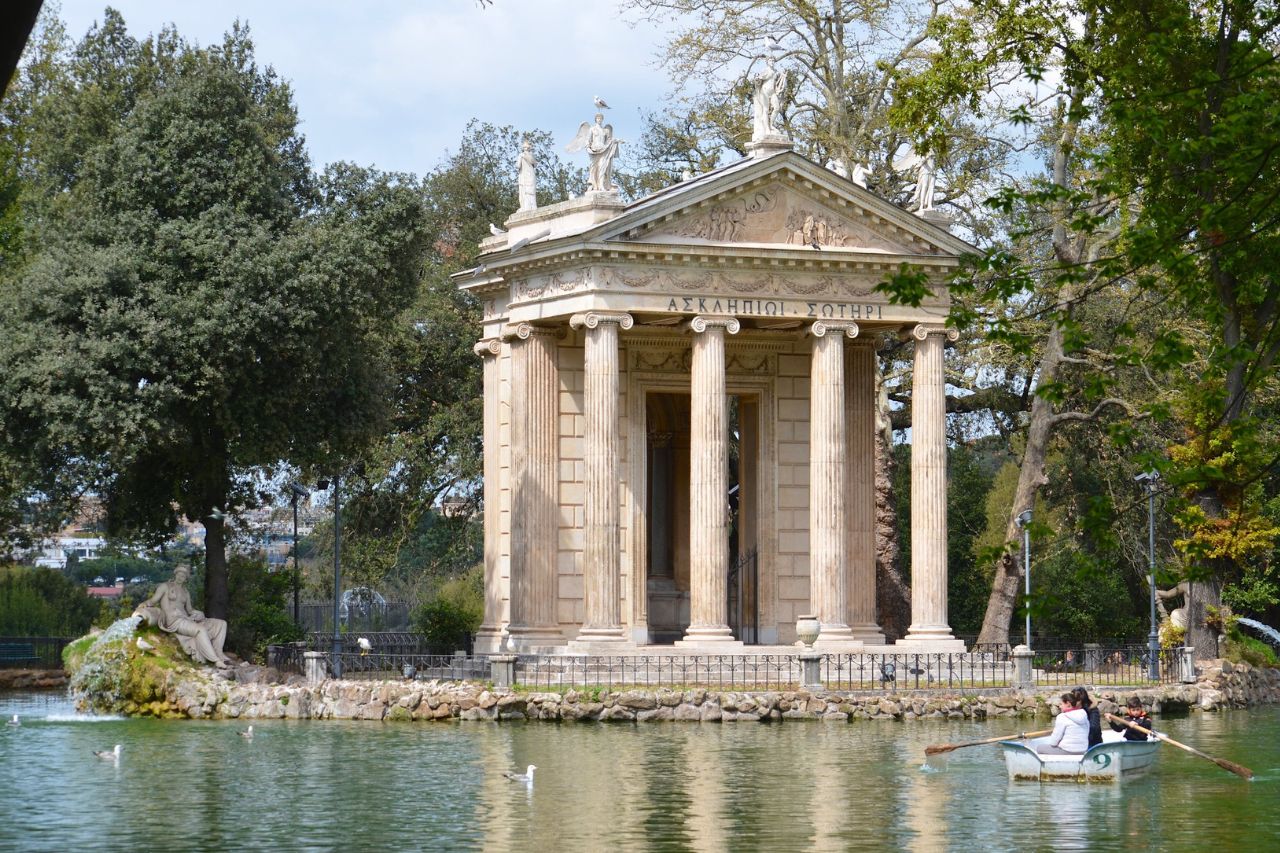
Located in the gardens of Villa Borghese, the Temple of Aesculapius was constructed in 1785 to 1792. They dedicated it to the thermal god Aesculapius, a Greek god. Some say the water of this spring helps to cure diseases. To visit the site just enter Villa Borghese—it’s free and won’t cost you a thing.
13. Temple of Mars Ultor
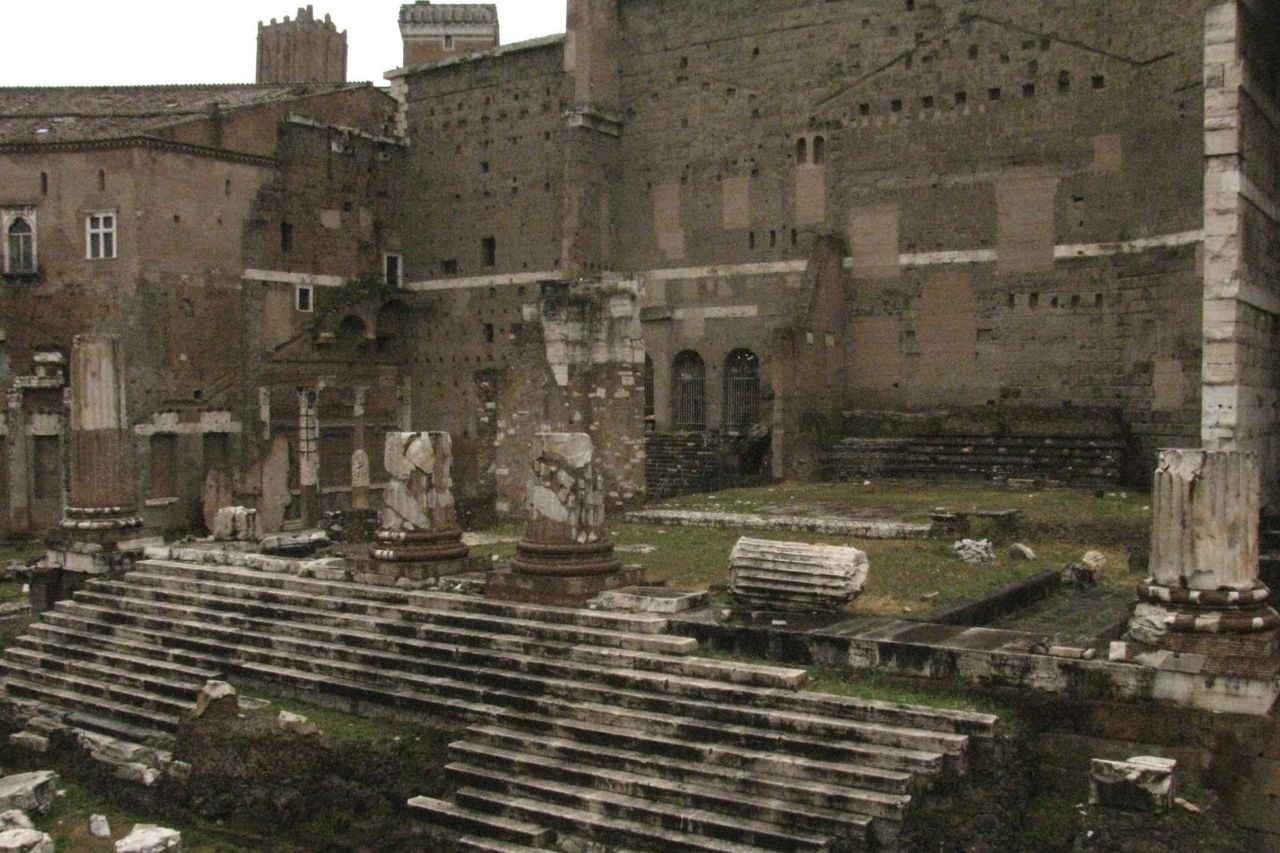
The Romans erected this as a sanctuary. Emperor Augustus built this temple in 2 BC and dedicated it to Mars. Augustus did this as a political statement to show himself as the heir of Julius Caesar and wished to complete and finish his work. You can find this site located at Via Tor de’ Conti.
14. Temple of Portunus

Portunus was the god of doors, keys, livestock, and granaries. This was one of the temples in Rome that they converted into a Christian church in the medieval ages, but in 1916, they desecrated the church and returned it to being the ancient temple. It was constructed in either the 3rd or 4th century BC. You can find it in Piazza della Bocca della Verità. It remains in excellent condition. This building uses several architectural traditions. It overlooks the Port of Tiberius making for stunning views.
Read more: Hidden Gems in Rome – 24 Less-Known Attractions Worth Seeing
15. Temple of Castor and Pollux
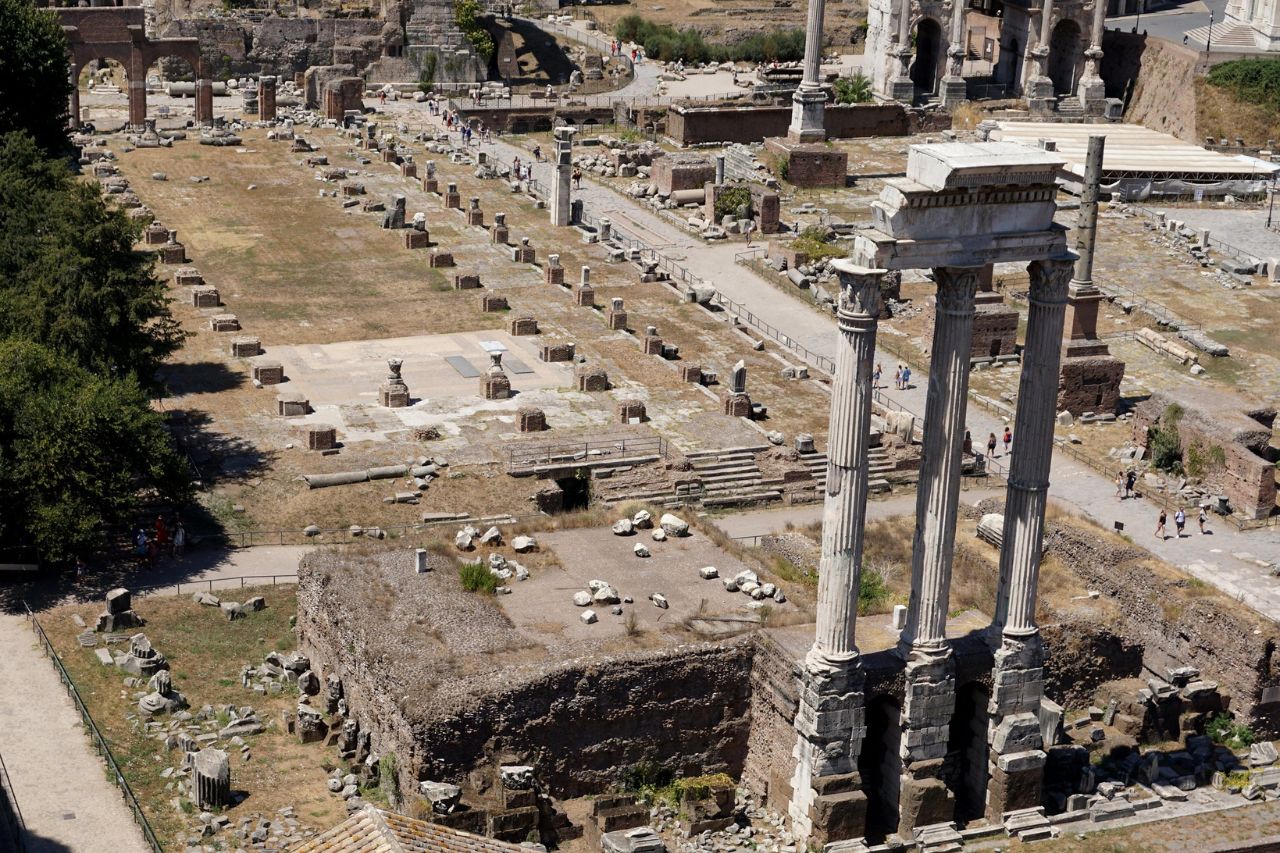
Built in 495 BC, the Temple of Castor and Pollux belongs to a list of temples in Rome known as Dioscuri temples of antiquity. They built it in gratitude for the victory that the Romans had at the Battle of Lake Regillus. You can visit this ancient building at Via Sacra. Here, you will see two buildings with three columns. Choose the one closest.
16. Temple of Venus Victrix
You will find this altar on the Capitol. Pompeius built the Temple of Venus Victrix in a way that almost resembles a theater. Rows of seats appear as steps that lead up to the temple. Instead of a theater, they dedicated it as a temple in 55 BC. This shrine was dedicated to the goddess Venus on the eve of the Battle of Pharsalus.
Also Read: Statues in Italy: – Don’t Miss These 15 Famous Must-Sees
17. Temple of Apollo Palatine
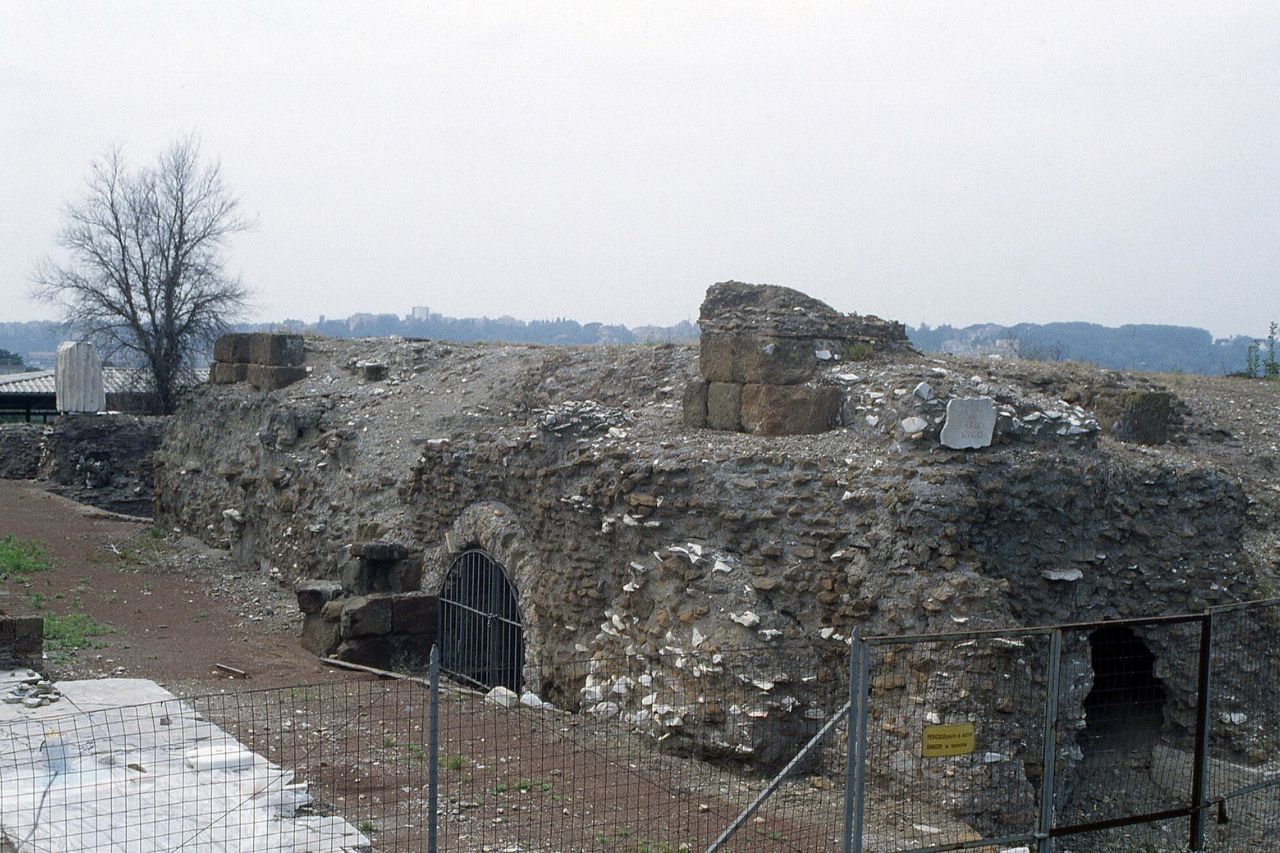
They built the Temple of Apollo Palatine on the Palatine Hill between 36 and 28 BC. Emperor Augustus was the one to build it. This was also partially his residence. You will sometimes hear them call this the Temple of Actian Apollo. The Temple of Apollo Palatine marked it out as the second temple dedicated to Apollo in the city of Rome.
FAQs about the Temples in Rome
Let’s take a look at some of the most frequently asked questions that you will encounter about the temples in Rome. Here are common questions that come up over and over.
What are the Main Temples in Rome?
The most popular and common temples that you will encounter include the Pantheon, the Temple of Saturn, the Temple of Portunus, the Temple of Hercules Victor, the Temple of Caesar, and the Temple of Venus and Rome. The ancient Roman buildings are worth the visit because of their testament to the glories of the Holy Roman Empire.
What is the Name of the Famous Roman Temple?
Perhaps the best-known temple in Rome would be the Pantheon, which has a spectacular concrete roof and is one of the best-preserved in the city. Traditionally, they thought that this temple was a pantheon dedicated to all of the gods.
What is the Biggest Temple in Rome?
Most archaeologists believe that the largest temple in the city is the Temple of Venus and Rome. What you see today is only half of what it once looked like. Emperor Hadrian constructed the temple, but a few giant columns are all that remain. It was once thought to be the most beautiful temple in the city.
Why Did Rome Have So Many Temples?
Due to the fact that the Romans worshiped many deities, they needed a temple or shrine to worship each one. This led to them having many temples throughout the city. The buildings were often at the center of many things in society. While there were 12 main Roman gods, they had a total of 67 in all. This also doesn’t account for the demigods either.


